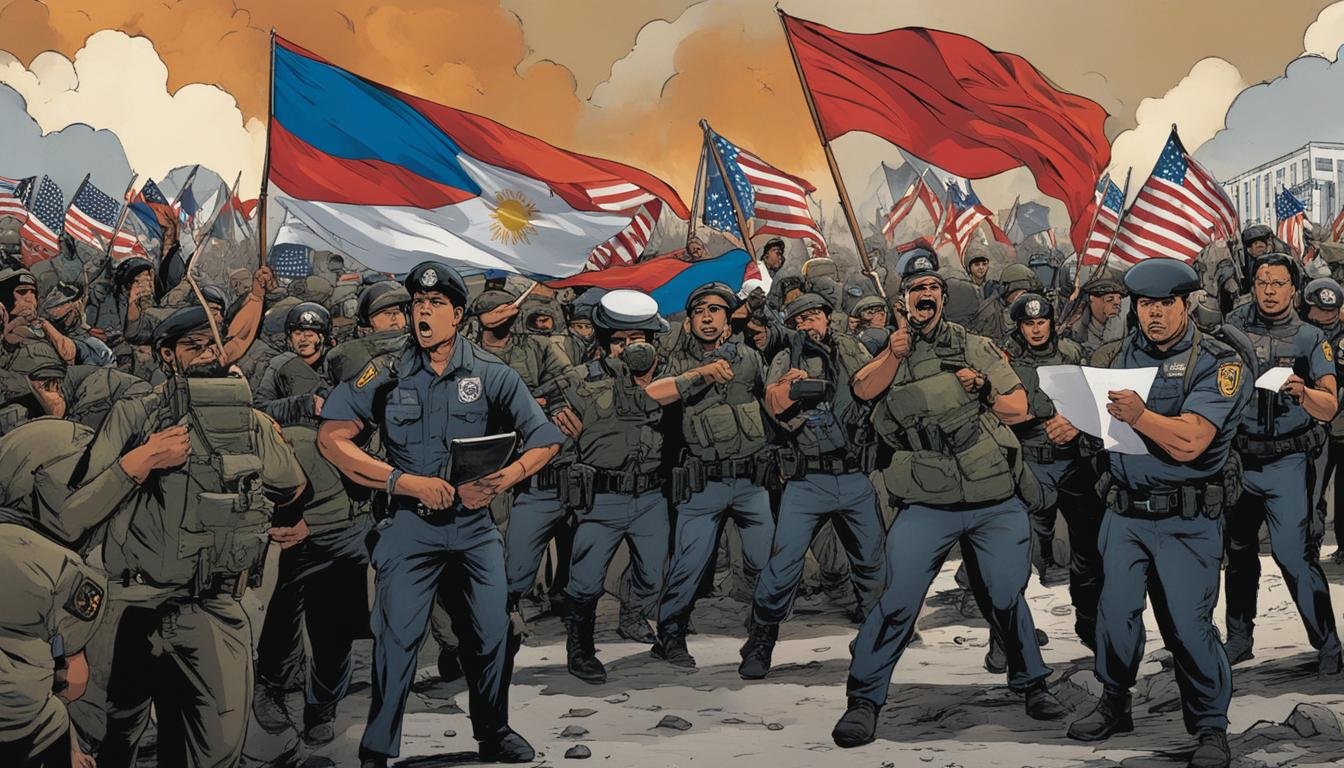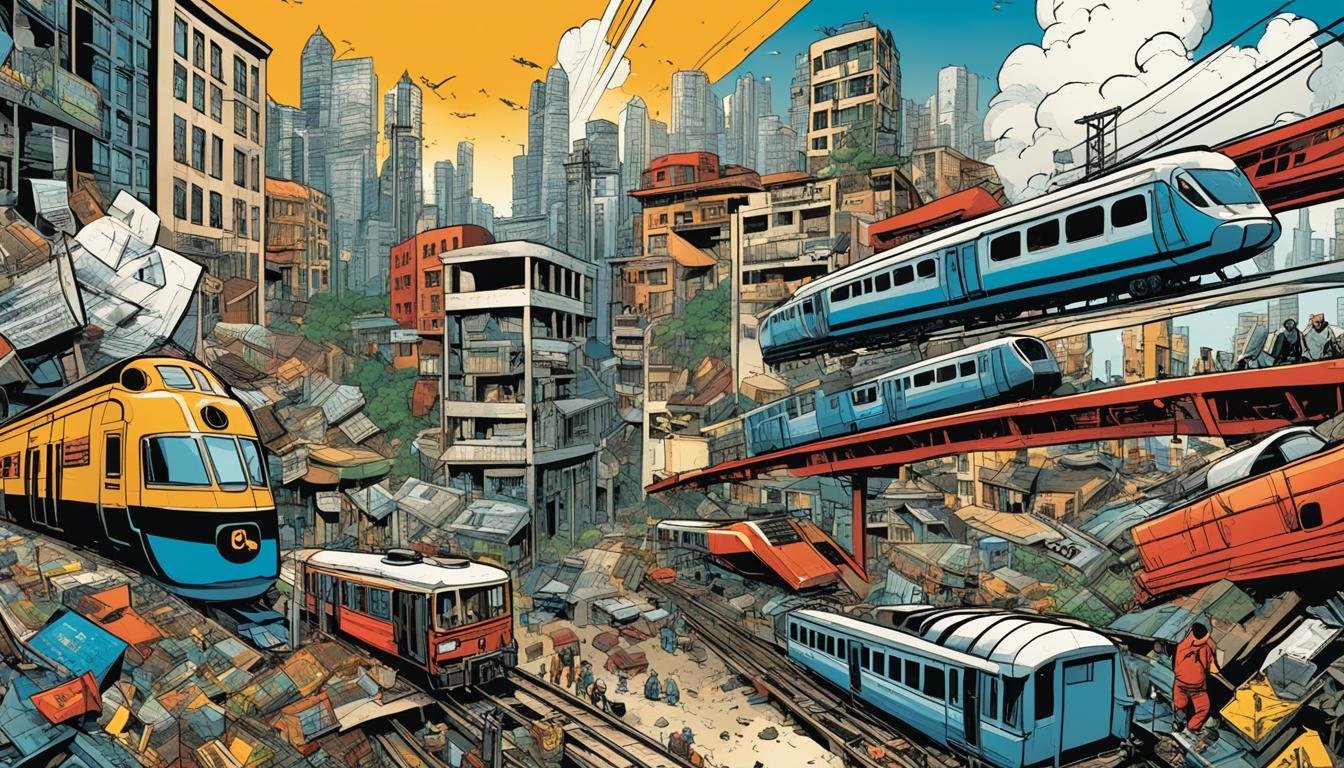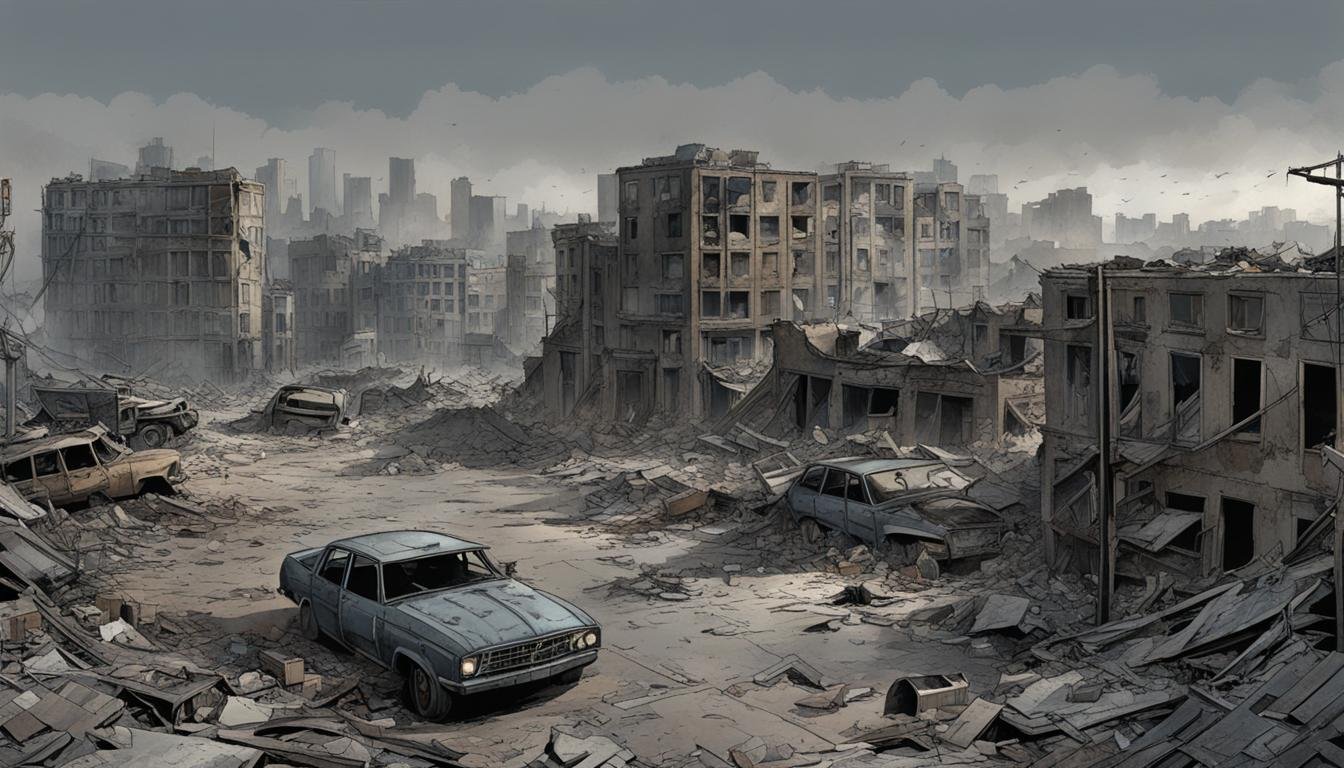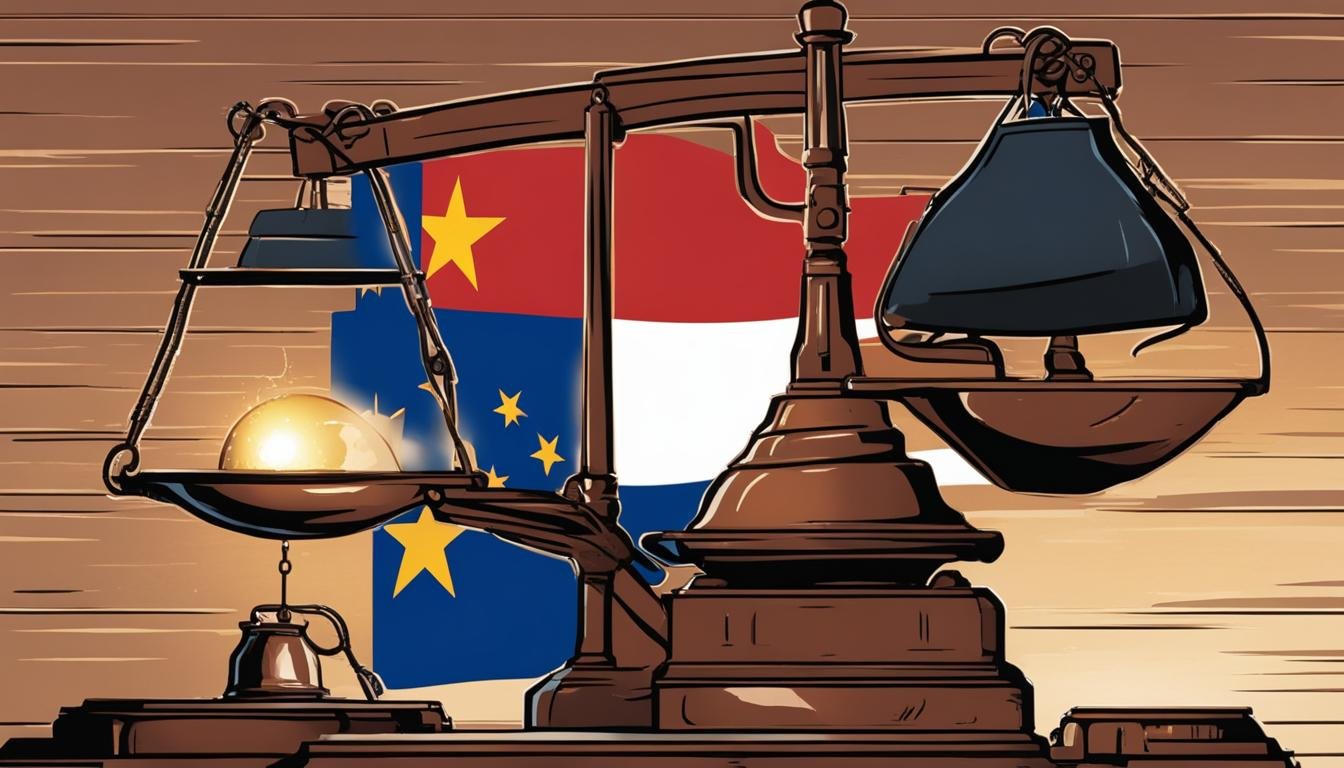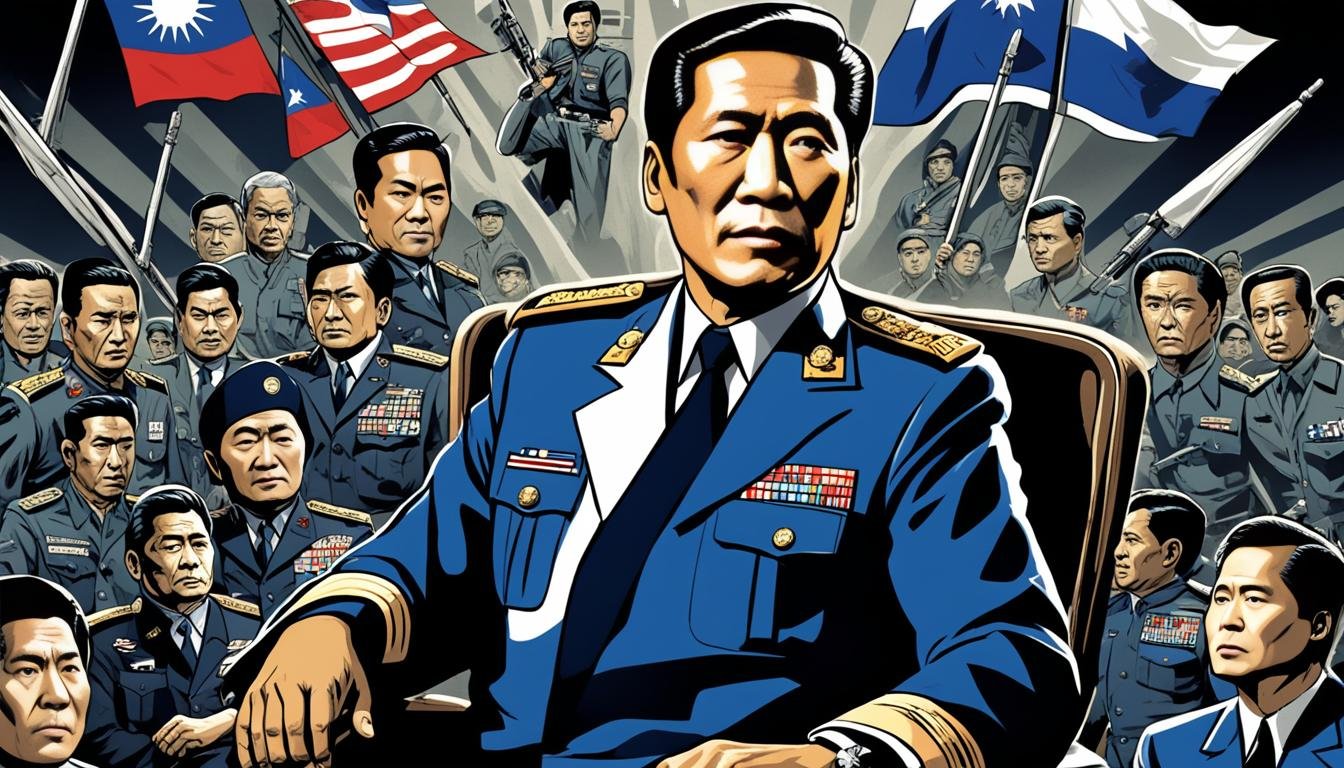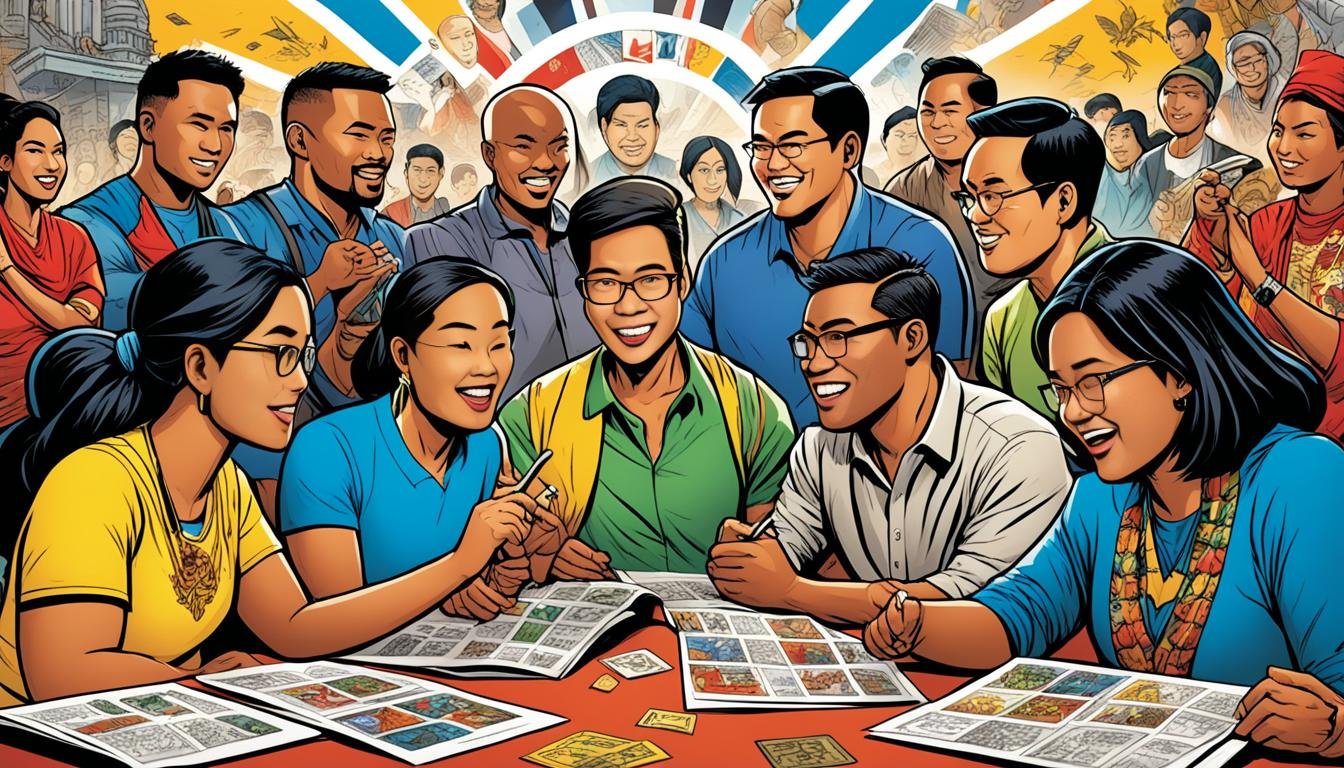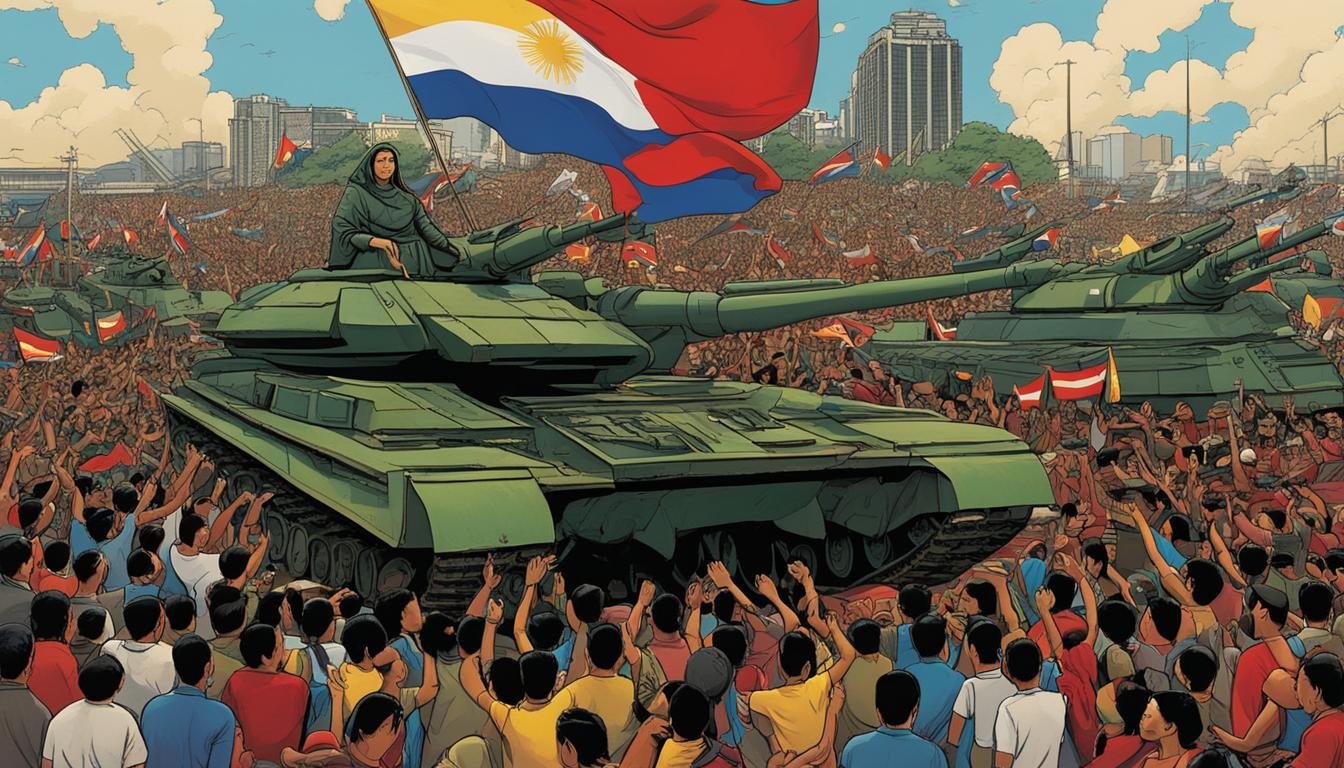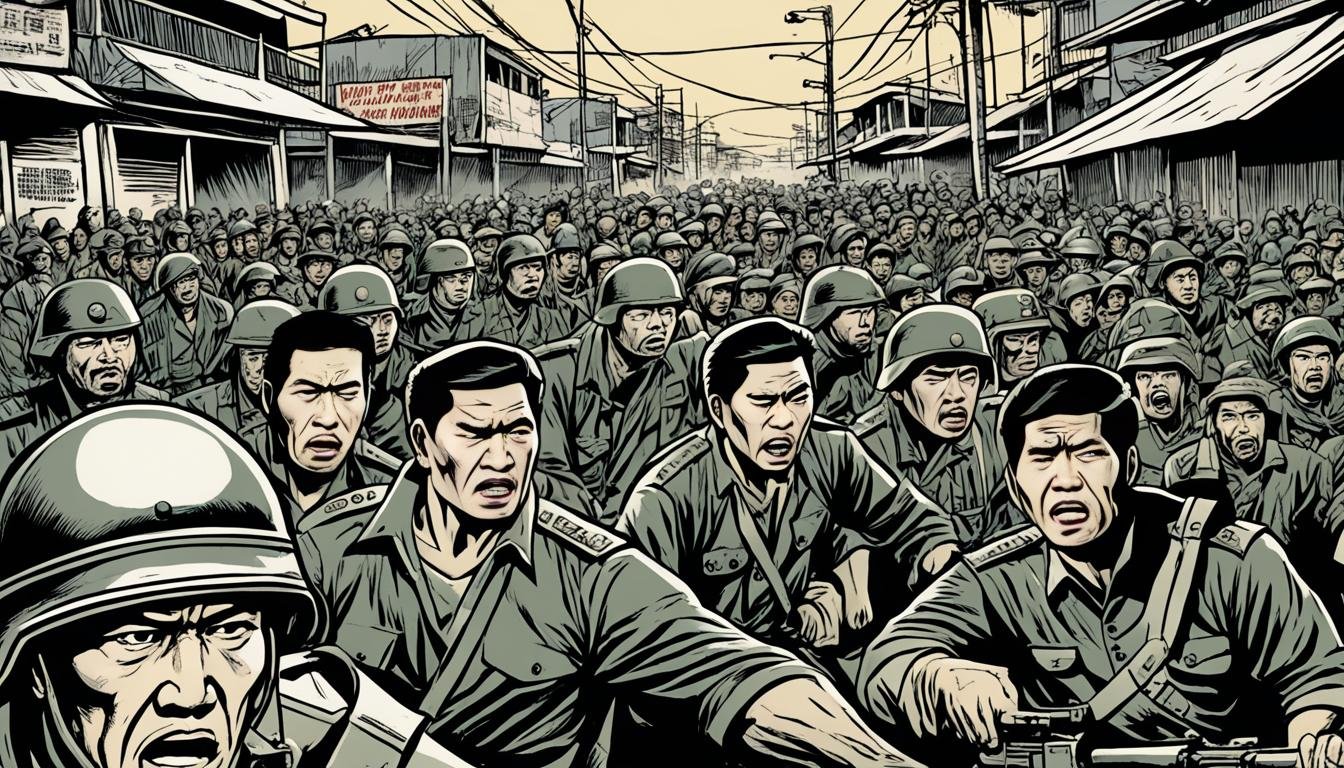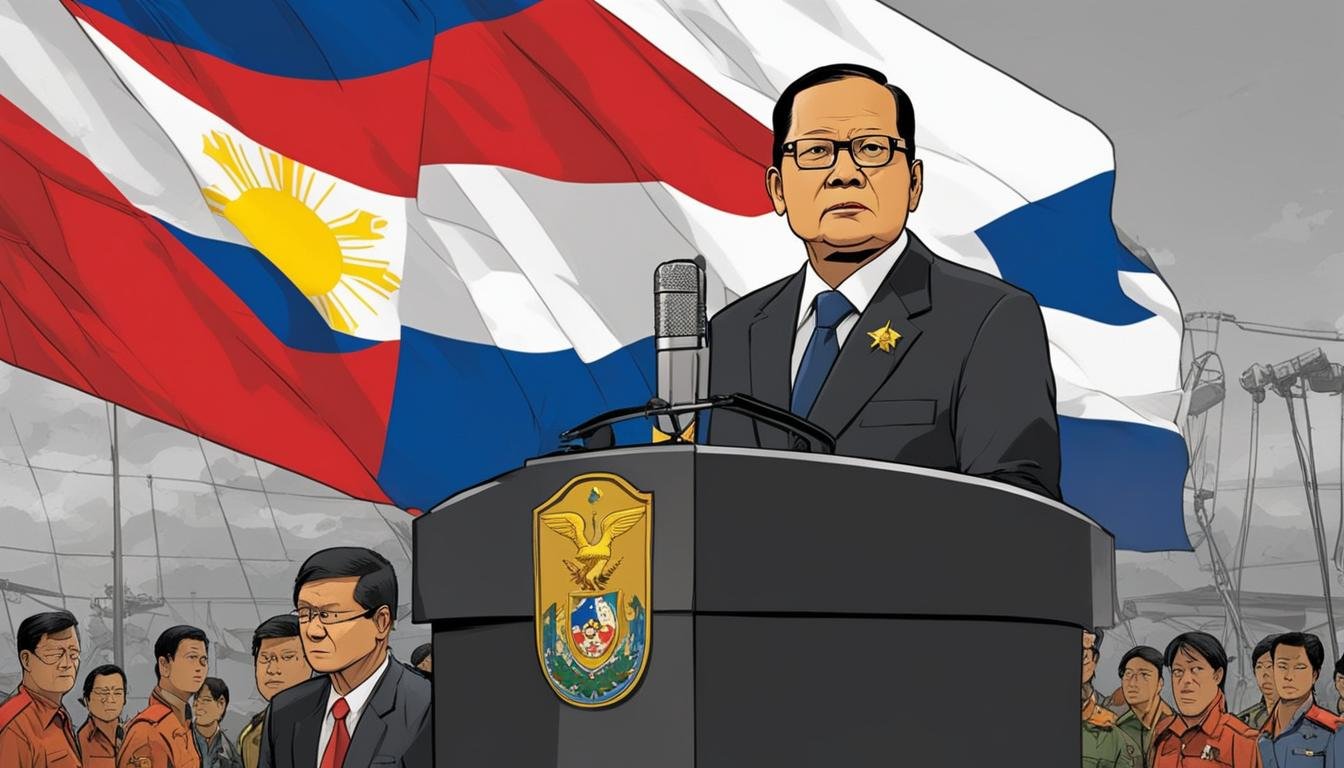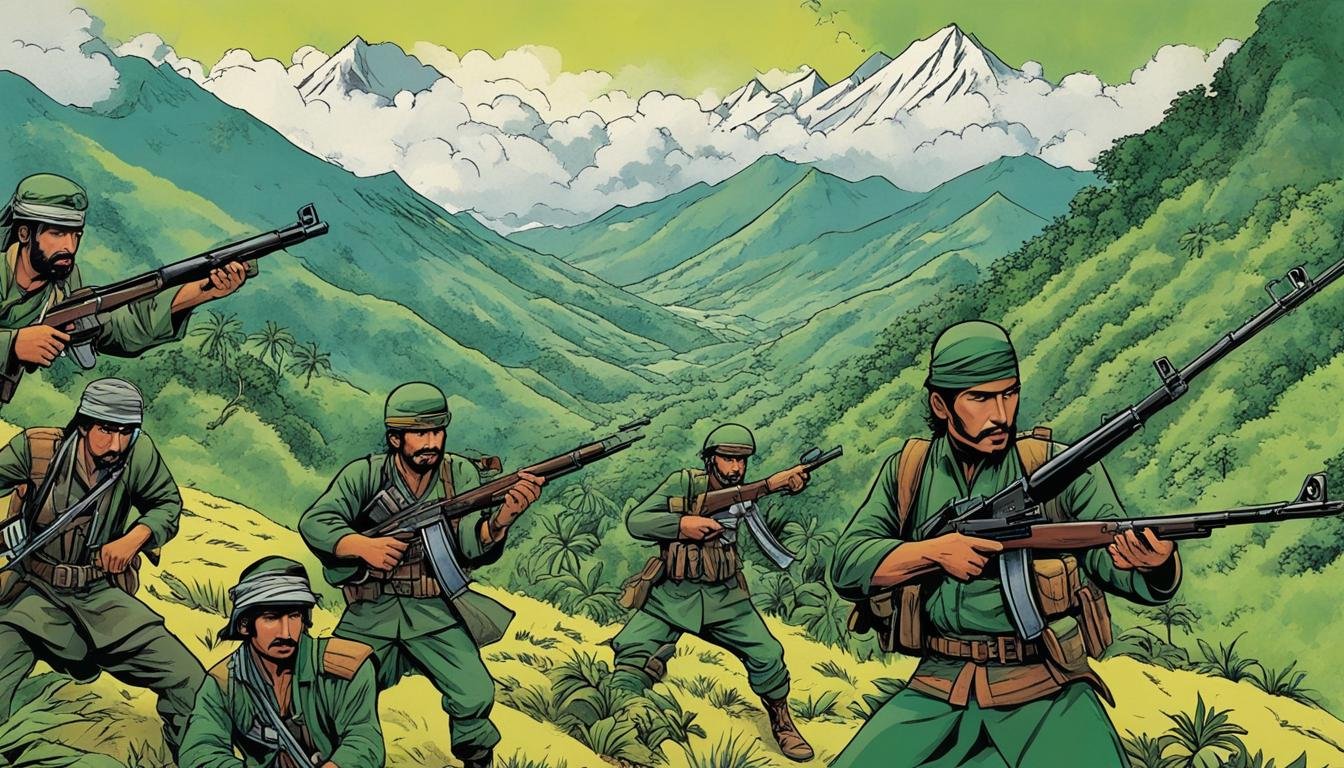The relationship between the Philippines and the United States has been one of enduring complexity, shaped by a shared history rooted in colonialism, war, and strategic alliances. At the heart of this intricate bond, particularly in the post-World War II era, lay the US military bases in the Philippines. These installations, notably the sprawling Subic…
Post-Independence / Republic Era
The Challenges and Achievements of the Third Philippine Republic (1946-1972)
The period spanning from 1946 to 1972 marks the era of the Third Philippine Republic. This era commenced with the formal granting of independence by the United States on July 4, 1946, a momentous occasion that concluded decades of American colonial rule. Emerging from the ravages of World War II, the nascent republic faced a…
Post-War Reconstruction and Economic Development in the Philippines (1946-1972)
The period between 1946 and 1972 represents a foundational yet profoundly challenging era in Philippine History. Having just emerged from the brutal destruction of World War II and simultaneously gaining formal Philippine Independence in 1946, the fledgling republic faced the monumental task of Post-War Reconstruction Philippines while simultaneously charting a course for Economic Development Philippines…
The Bell Trade Act and the Parity Amendment: Controversial Agreements between the PH and the US
The mid-20th century marked a pivotal, yet complex, period in Philippine history. Emerging from the devastating crucible of World War II, the nation stood on the cusp of formal independence from the United States. However, this newfound sovereignty was immediately challenged and intertwined with a series of agreements that would profoundly shape the Philippines’ economic…
The Ferdinand Marcos Era: Martial Law to His Ouster
The period spanning from the declaration of Martial Law in 1972 to the ouster of Ferdinand E. Marcos in 1986 represents one of the most transformative, controversial, and debated chapters in Philippine history. For nearly two decades, Marcos held an unprecedented grip on power, fundamentally altering the nation’s political landscape, economy, and social fabric. This…
Crafting the 1987 Post-Marcos Constitution: Shaping Philippine Law Through Democratic Values
The tumultuous years of Martial Law Philippines under Ferdinand E. Marcos fundamentally altered the political and legal landscape of the archipelago. When the EDSA People Power Revolution erupted in February 1986, bringing an end to decades of authoritarian rule, the Philippines stood at a critical juncture. The urgent task facing the new government led by…
The People Power Revolution Topples Dictator Marcos
The People Power Revolution, also known as the EDSA Revolution, stands as a watershed moment in Philippine history. In February 1986, a massive, non-violent civilian uprising, supported by military defectors and religious leaders, brought an end to the authoritarian rule of Ferdinand Marcos, who had governed the Philippines for over two decades, much of it…
Marcos Declares Martial Law in the Philippines
The 20th century in the Philippines is marked by periods of democracy, struggle, and authoritarian rule. Among the most pivotal and controversial moments in this turbulent history is the declaration of martial law by then-President Ferdinand Marcos in 1972. This single act fundamentally reshaped the political landscape, civil liberties, and socio-economic trajectory of the nation…
The Assassination of Opposition Leader Ninoy Aquino
The date August 21, 1983, is etched into the collective memory of the Philippines, a turning point that irrevocably altered the nation’s trajectory. On this fateful Sunday afternoon, Benigno “Ninoy” Aquino Jr., the most prominent and vocal critic of the Marcos regime, returned from exile in the United States only to be assassinated upon disembarking…
History of the Moro Islamic Liberation Front (MILF)
The History of the Moro Islamic Liberation Front (MILF) is deeply interwoven with the complex and protracted Moro conflict in Mindanao, southern Philippines. As one of the most significant non-state armed actors in the country’s modern history, the MILF’s journey reflects the aspirations, struggles, and evolving dynamics of the Moro people’s quest for self-determination and…

